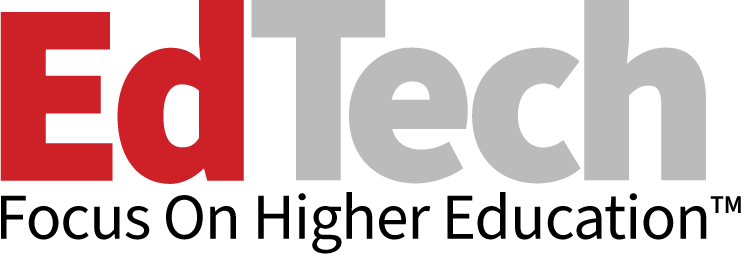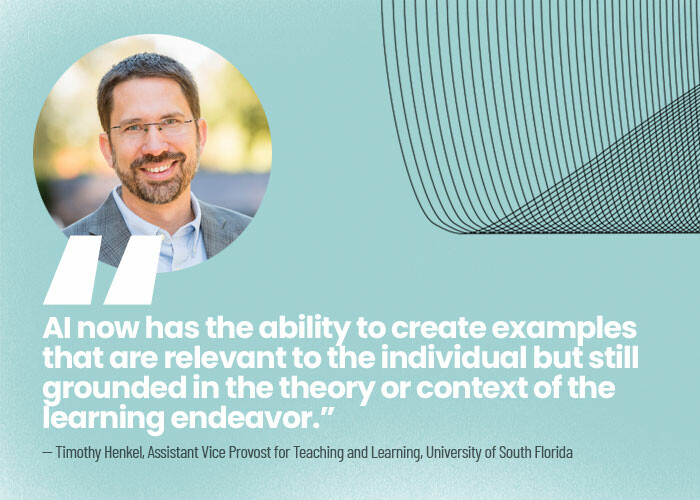USF uses Microsoft 365 for email and intranet functions, and uses Microsoft Teams across both the academic and business spaces. Copilot is available as part of this technology package.
“One of the big things about having Copilot is that it’s available to every faculty and staff member and student at USF,” Henkel says. “We level the playing field immediately.”
In higher education, “people are going to use these things either way,” he says, and with Copilot built into existing Microsoft products, “they can use things that we know have data protection and privacy at the forefront.”
The USF technology leaders see a range of emerging use cases.
For educators, “it's hard to be relevant to our entire student body if I'm talking to 300 different students who all have different interests,” Henkel says. “AI now has the ability to create examples that are relevant to the individual but still grounded in the theory or context of the learning endeavor.”
DISCOVER: Microsoft’s CIO of Education addresses the impact of AI across campus.
On the business side, “it’s especially helpful for Microsoft Teams meetings — summarizing the meetings, getting tasks out of the meetings,” Fernandes says. “We’ve also noticed a lot of people using AI to accelerate their thought process, to start a business case or to begin summarizing documents that they’re preparing.”
Rice University Pilots Data Protection Project with Google Gemini
At Rice University, Vice President for IT and CIO Paul Padley calls the built-in tools a win-win. The university has campuswide Google and Microsoft contracts already in place.
“We get access to these tools without incurring extra costs,” he says. And because these companies are accustomed to working with the academic world, “they know about the Family Educational Rights and Privacy Act. They know about data protection in ways that a startup company, for example, might not.”












